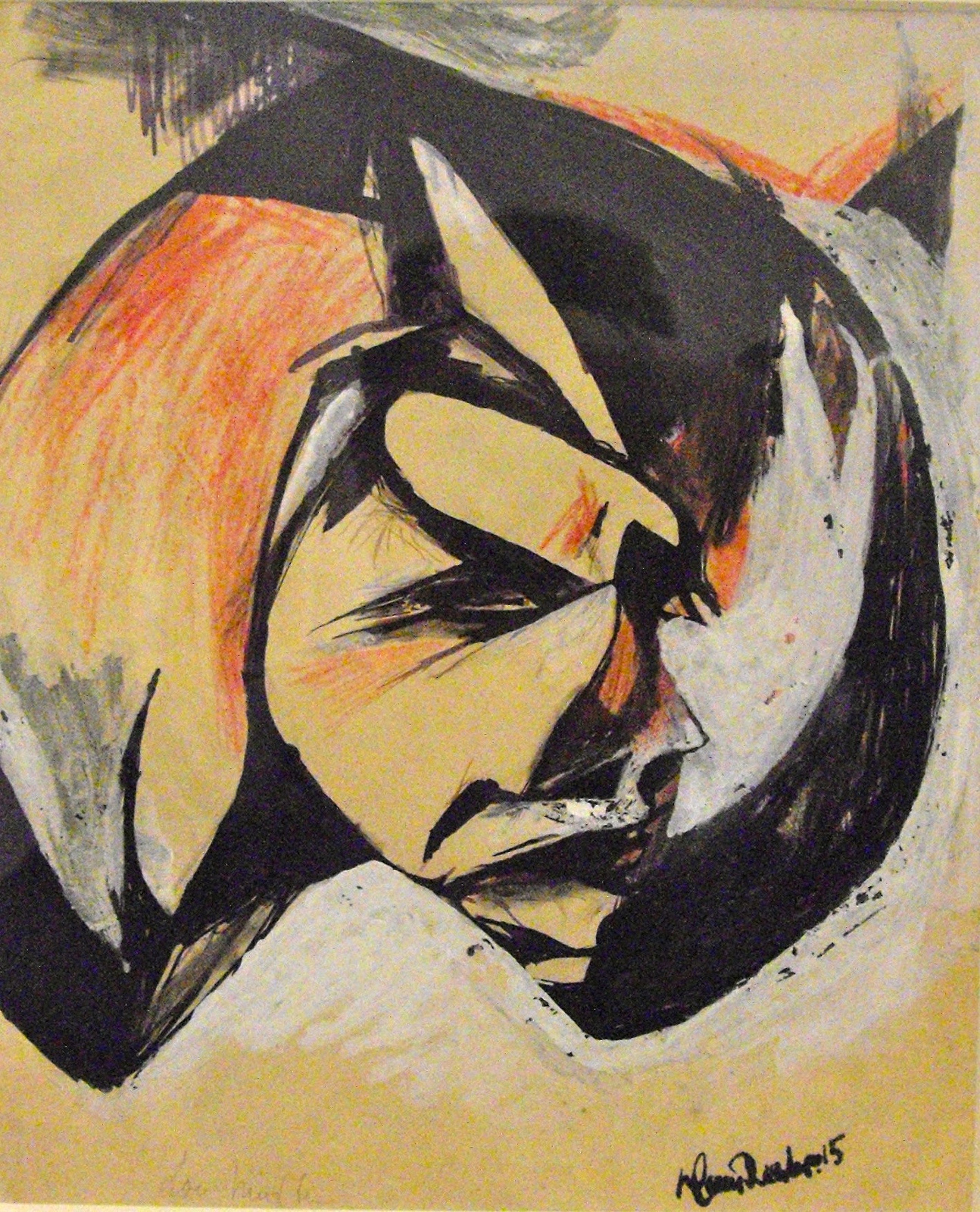
By Dawn Levesque
Berlin’s Martin-Gropius-Bau present[ed] Hans Richter: Encounters - From Dada to the Present from March 27 through June 30, 2014. The retrospective exhibit[ed] 150 works including uncirculated films, photographs and paintings. In addition, the exhibit feature[d] 50 works by Richter’s contemporaries. It stud[ied] the artist’s career as a collaborator and an innovator within film and art.
Hans Richter was a 20th century German painter and filmmaker who was primarily an artist of social significance. The influence and meaning of his art, whether film, painting or sculpture, was attained with collaborations with those around him including Hans Arp, Man Ray, El Lissitzky, Max Ernst and Kasimir Malevich to name a few. His involvement in modernism bridged a path from expressionism through the movements of Dadaism, constructivism, surrealism and finally, avant-garde film to the New American Cinema of the 1960s.
He is one of the leading artists of modernity, whose life work covers nearly 70 years. Like most 20th century artists, Richter’s work can be seen traversing across artistic disciplines, with film and art being his focus. This exhibit surveys the German artist’s evolution and looks at what effect his work had on other 20th century writers, filmmakers and artists.
As a teen, Hans Richter drew family portraits, and his introduction to the Der Blaue Reiter (Blue Rider Group) led by Franz Marc and abstract art and expressionism can be seen in his early work. With the arrival of Cubism, Richter grasped how abstract forms could convey an artistic concept or visualization.
Richter was drafted shortly after the outbreak of the First World War. Badly wounded near Lithuania, he returned to Berlin. Wartime destroyed conventional society and it remained an overpowering destructive force against the development of collaborative art such as film.
However, the artist-filmmaker believed that film was a powerful artist’s tool that could be used to restore society, and since returning from the war, he had an even greater allegiance to political change. He believed it was achievable to have a world without aggression, “where radical art could be a transformative force in society.
When Richter left Berlin for Zürich, he was not alone in his sentiments. In 1917, he formed the Radical Artists Group after the Russian Revolution. The avant-garde poet, Tristan Tzara introduced Richter to the Swedish artist, Viking Eggeling. The two artists worked together to produce visual scrolls that were “contrapuntal,” akin to musical scores. In 1921, Richter produced one of his first abstract films,Rhythmus 21.
As a means of expression for abstract art, Richter understood that film had definite possibilities. Richter realized that films, unlike sculpture or Modern paintings, are collaborative endeavors. A film is something that is experienced with other PEOPLE , rather than a solitary interaction. It was akin to being in a museum.
, rather than a solitary interaction. It was akin to being in a museum.
 , rather than a solitary interaction. It was akin to being in a museum.
, rather than a solitary interaction. It was akin to being in a museum.
A century ago, there was an upsurge in movie theaters and art museums, which suggested to Richter, a hastening change in society from rural to urban living; almost a revolution. It was a time when abstract art and film were considered progressive, even radical. The artist-filmmaker felt that abstraction was demonstrative of the human and the philosophical side of art. Clarity of design and form went beyond borders and could be recognized as a “universal language.”
In the exhibition, film clips are projected alongside paintings, photographs, sculptures and other art mediums. The films are the “visual equivalent of musical compositions” with geometric forms that ascent, drop, spiral, open up and collapse, generating “spatial warps. “
In 1941, Richter found himself rekindling friendships as New York was flooded with European emigrant artists such as Man Ray and Rene Duchamp. Richter resumed painting. He produced scrolls that reexamined older works, and he created fresh imagery, adding unstructured forms and presenting collage elements. He also made films, including 8 x 8: Chess Sonata in 8 Movements (1957). By the 1960s, the artist-filmmaker had begun working in series, applying a combination of abstract forms and materials to pursue his ideas.
As an art figure, Hans Richter used a plethora of mediums and was active in much collaboration, affording him relevance for decades at a time. He was an artist who always established himself as the avant-garde of his time, and for the remainder of his life, Hans Richter pursued the radical in his art.
No comments:
Post a Comment